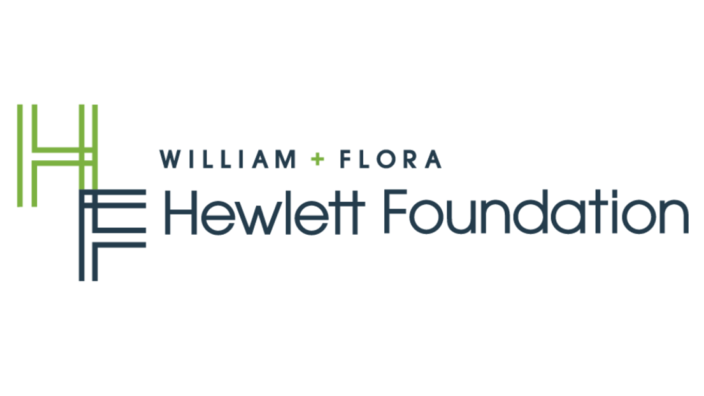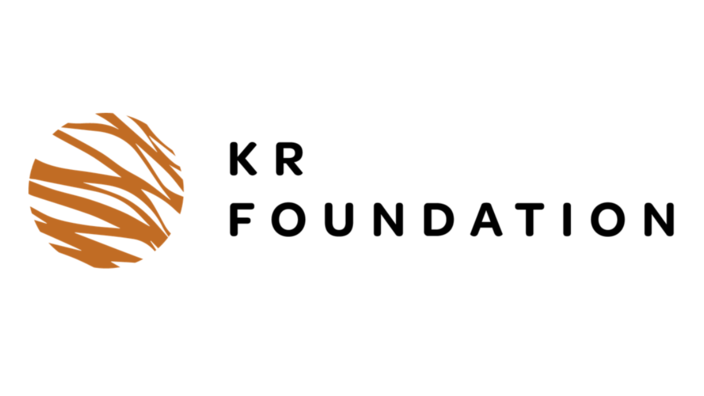Many funders are already experts in communication. They use websites, newsletters or blogs to share information and stories about their grants. This communication is an important field of funders’ operation because it can leverage the impact of a foundation by reaching key actors, changing perceptions or shaping partnerships with grantees (Wildlife Conservation Society 2021; Council on Foundations 2008; Putnam-Walkerly 2010). It is this potential of Communication to leverage impact that makes it an important climate funding strategy, too.
KEY INSIGHTS
- Information about climate change can only unfold its power if it is packaged to appeal to people. Communication is central to widen access to information about climate change to new audiences. Funders can become active, for example, by helping to translate scientific facts or technical solutions for heterogeneous audiences. The audience will determine whether journalism, music or another medium of Communication is the right strategy. One option is to make climate change visible through the power of visual images. For example, Climate Outreach, which the Calouste Gulbenkian Foundation supports, uses photography to drive evidence-based communication about climate change.
- Communication needs to appeal to emotions to motivate climate action. An effective way to do this is through stories that resonate with respective audiences (Morris et al. 2019). By telling stories, e.g. about delicious vegetarian food or the fun of riding electric bicycles in cities, funders can help to shape social norms that lead to climate-friendly behaviour. Telling stories also means to choose the right storyteller as different people trust different messengers. Whether they enable journalists, priests or medical professionals to talk more about climate change, funders have a variety of messengers to work with for whom communication is part of their daily routines.
- Another dimension of Communication is the fight against misinformation. The rapid rise of social networks and virtual media spaces has fundamentally changed the way we absorb information. A drawback of this development is the increasing spread of misinformation, also in relation to climate change (Treen et al. 2020) – which undermines collective action. Funders can help to stop this. Two ways to act stand out. Firstly, they can put pressure on social media platforms to better filter and control misinformation. Secondly, they can proactively use the virtual space to counter misinformation by strengthening digital hubs and helping to establish communities in the virtual space that share evidence-based content on climate change.



